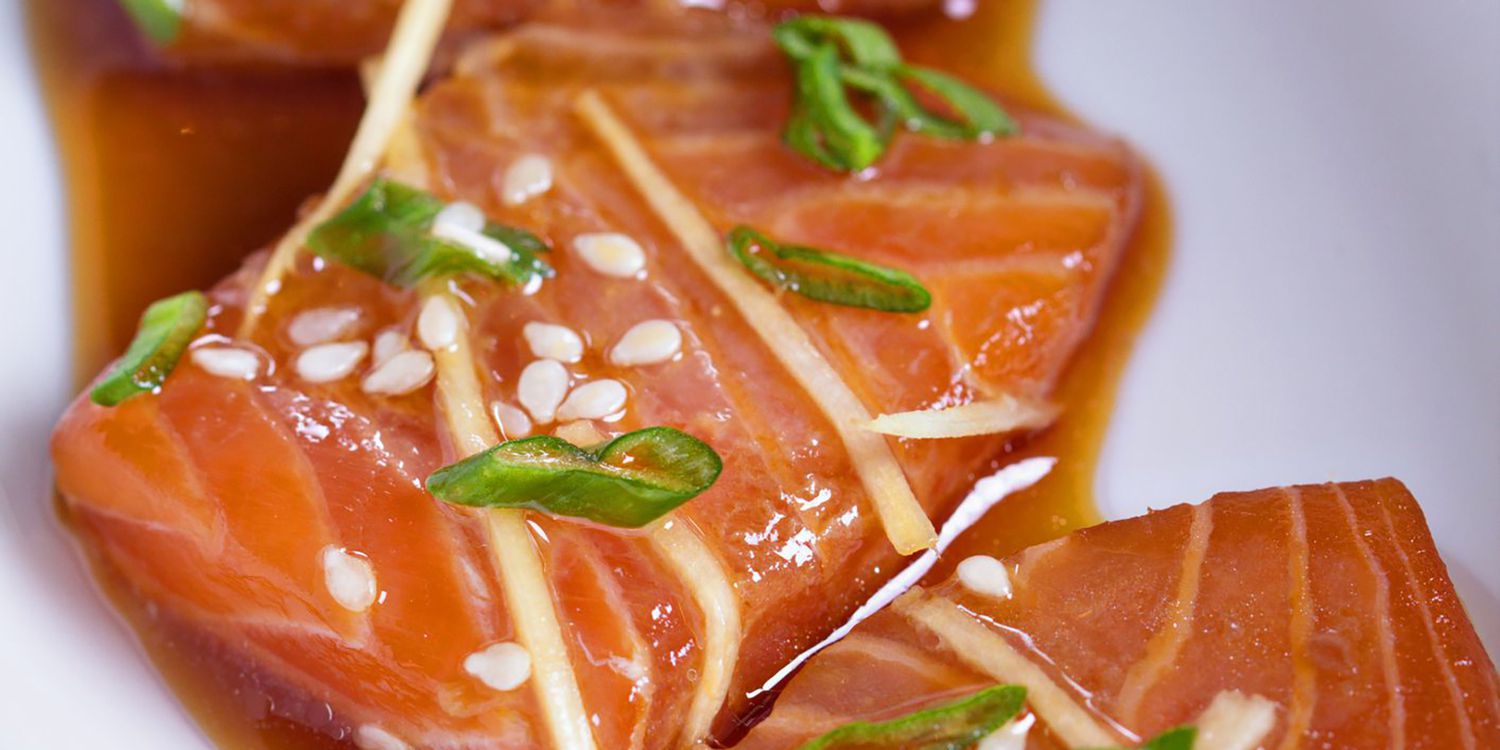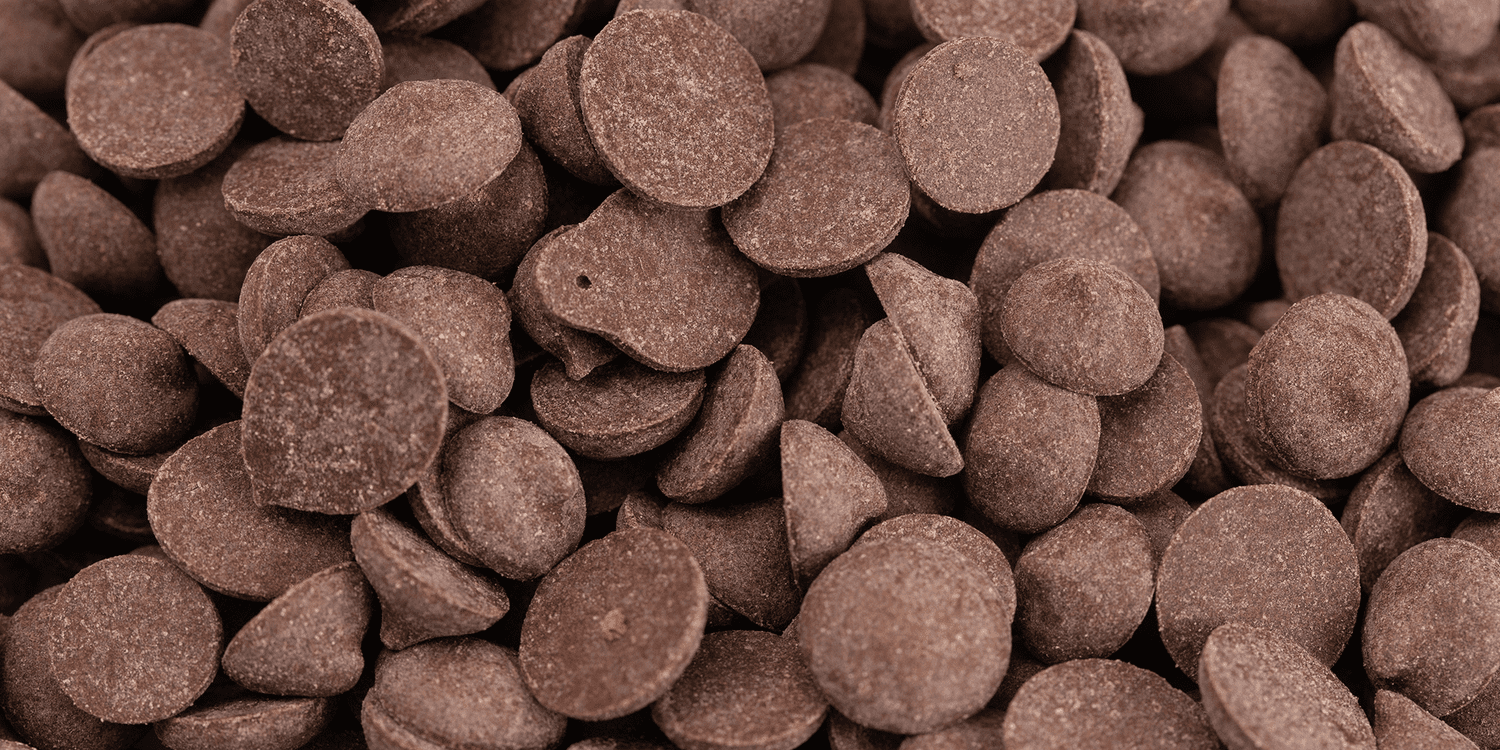Are you confused about the differences between sashimi and sushi? What about nigiri? You may be navigating the terms on the menu in a Japanese restaurant or wondering if any of these dishes are something you can make at home.
There are a few key variations in ingredients and preparation to keep in mind when you are making a selection.
What Is Sashimi?
Sashimi is a fresh fish that is served raw and thinly sliced. It is a traditional Japanese offering that’s often served with daikon radish, pickled ginger, wasabi or soy sauce. Commonly used seafoods are salmon, tuna, halibut, and squid.
Many Japanese restaurants keep the fish alive in tanks before they are selected and prepared for consumption. A sashimi-grade seafood is caught with what is known as an individual hand line instead of a fishing net. The fish is harvested and immediately placed on ice which helps to keep it fresh longer.
Slicing the fish is an art form that chefs train for years to perfect. Highly skilled chefs know how to handle fish and slice it to the specifications for the enjoyment of the diner.
The full flavor profile includes the all-important dipping sauces which act as a spicy accompaniment. The word “sashimi” comes from the Japanese words “sa,” meaning “knife” and “shi” meaning “fillet.”
Sashimi vs. Sushi
One of the most common misconceptions about sashimi and sushi is that sashimi is a type of sushi. The difference between the two popular Japanese offerings? Sashimi has no rice.
Sashimi is raw fish with seasonings and usually a dipping sauce of soy sauce or pickled ginger. The most important aspect of sashimi is the freshness, quality, and cut of the raw fish used in the preparation.
Sushi is a Japanese dish featuring specially prepared rice and a type of fish or seafood which is often served raw or sometimes cooked. It is most often associated with the idea of raw fish but it is the rice used in the making of the dish that’s theingredient.
Sashimi vs. Nigiri
While nigiri and sashimi are both traditional staples of Japanese cuisine, there are small differences.Nigiri are small oval-shaped bundles of rice which are formed by hand with a slice of raw fish on top. This makes nigiri a type of sushi.The rice is shaped by hand and the fish or other toppings are pressed on top of the rice.
How to Make Sashimi
Sashimi is a dish to order at a favorite local Japanese restaurant but don’t overlook it as a meal option to serve at home.
Do you know a local fishmonger? A trusted friend in the market can help you with your fish selection. The signs to look for in a whole fish are clear eyes, a skin surface that is shiny with uniform rows of scales, a firm body and stiff tail. Filleted fish should be firm and trimmed into neat pieces with no ragged edges.
The best fish for sashimi are tuna, sea bass, red mullet, halibut, salmon, and sea bream. Other seafood includes scallop, lobster, squid and octopus.
Refrigerate the fish as soon as you get it home from the market and keep it chilled until ready to prepare. You want to work in a kitchen with a cool temperature. Run your hands under cold water before working with the fish.
Popular Types of Sashimi
- Katsuo (Bonito / Skipjack Tuna) …
- Sake (Salmon) …
- Maguro (Bluefin Tuna) …
- Ahi (Yellowfin & Bigeye Tuna) …
- Hotate (Scallops) …
- Ebi (Sweet Shrimp / Prawns) …
- Hokkigai, Akagai, Tsubugai, Mirugai (Surf Clam, Red Clam, Whelk, Geoduck Clam) …
- Ika (Squid)
Related
- Essential Pantry Ingredients in the Japanese Kitchen
- What is Yaki Udon?
- 20 Easy Japanese Recipes for Quick Weeknight Dinners




